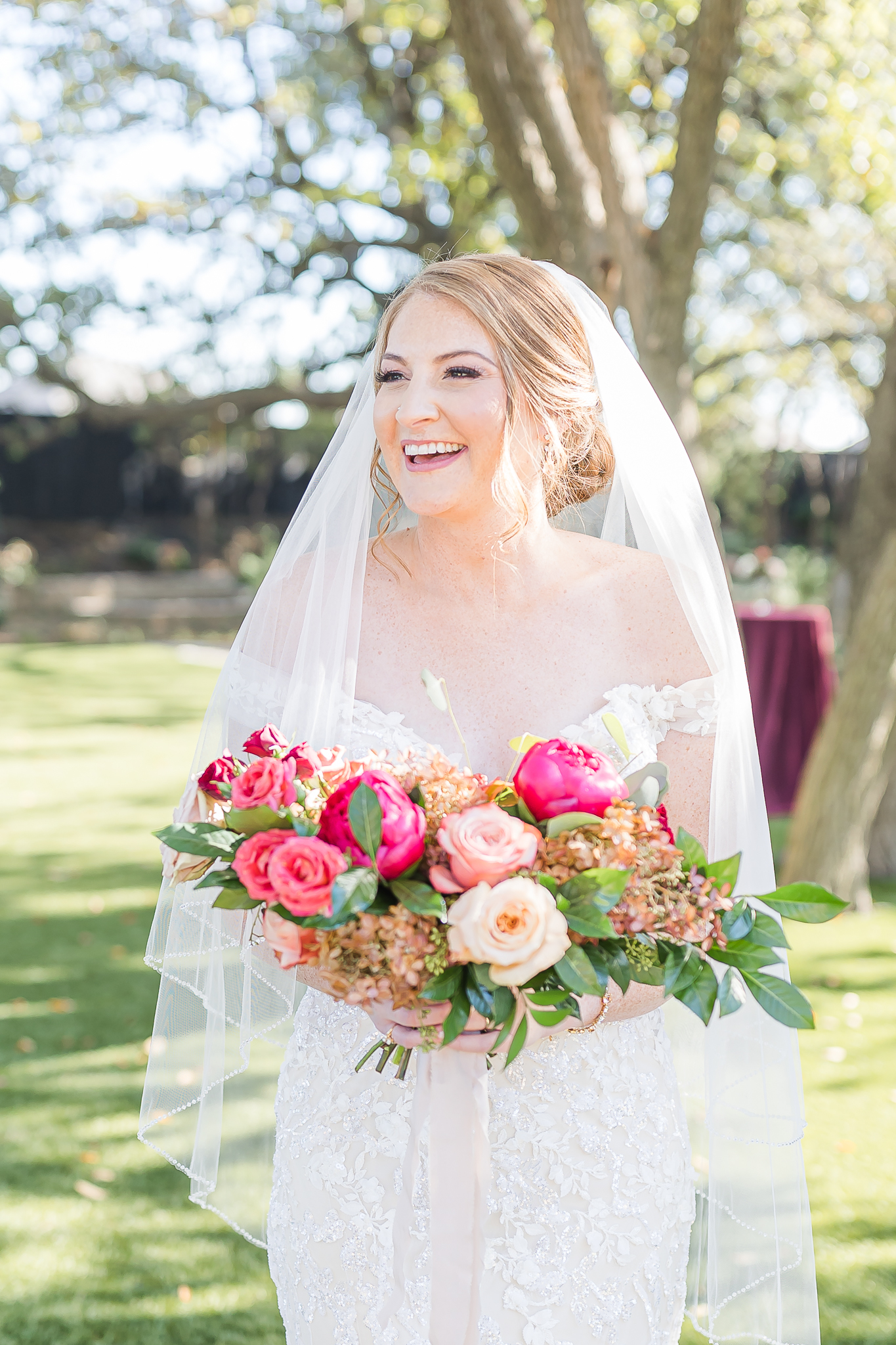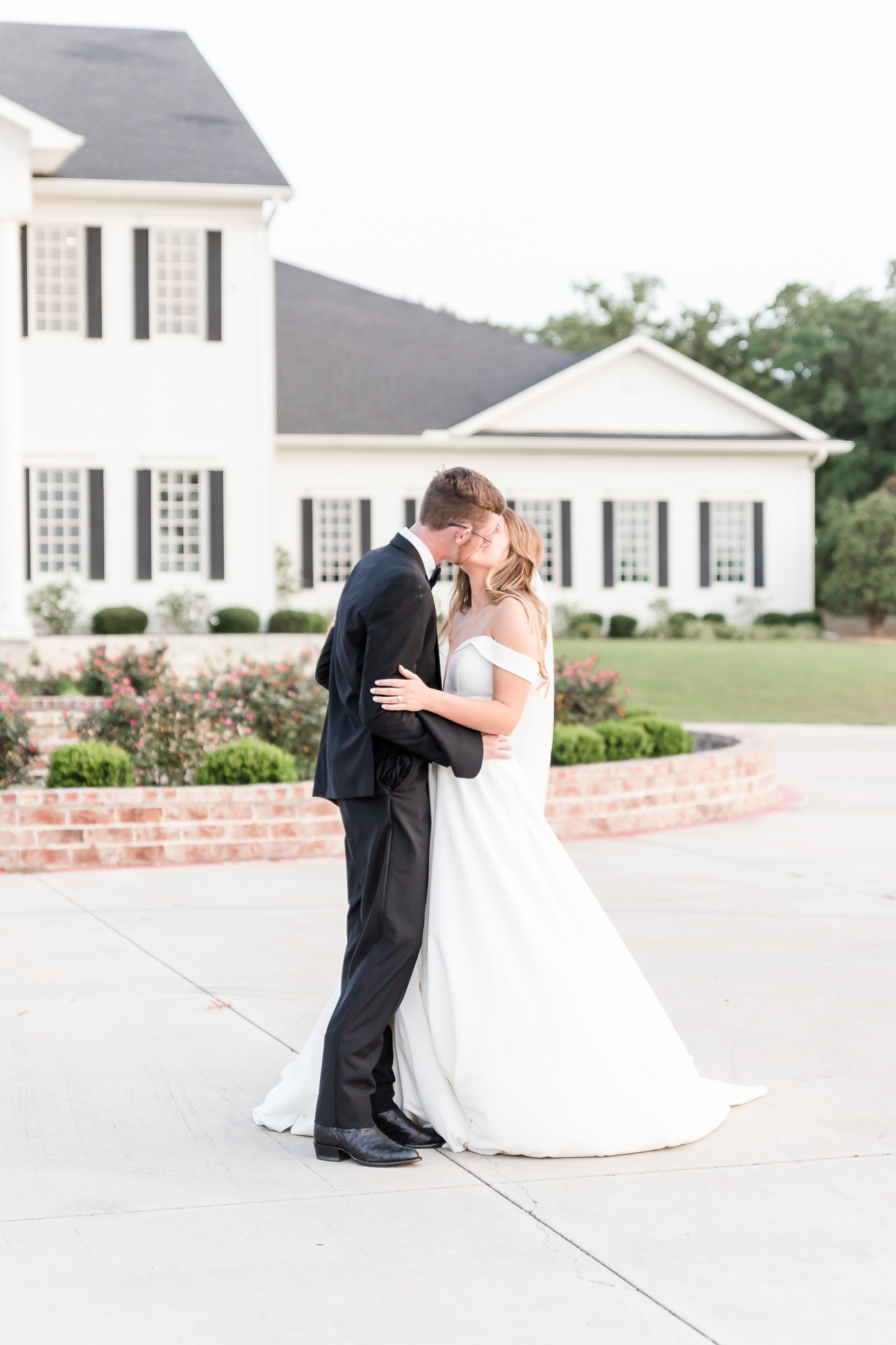5 Tips for Being a Great Second-Shooter
I have been photographing beautiful memories for six wonderful years, but it wasn’t until about three years ago that I started my wedding photography journey. When starting out, I did nothing but second-shoot for other local photographers, and I still second-shoot to this day. I love it so much! Having the opportunity to photograph so many weddings as a second-shooter was such an amazing opportunity when gaining experience and “learning the ropes”. Second-shooting allows for you to work with, and learn from, some incredibly talented photographers in the industry. You’re able to see the flow of an actual wedding day (the chaos and all!), and you’re able to experiment with how to capture a couple’s perfect day. I definitely recommend second-shooting at least 10-15 weddings before embarking on your own journey as lead photographer for a wedding.
Now that I use second-shooters for my own weddings, and have tons of experience with working as a second-shooter, I thought I’d compile a list of some helpful things you can do to really make an impact as a second-shooter (and make your lead photographer LOVE you)! The following tips are just my opinions, and are things that I personally do as a second-shooter. I also appreciate these qualities when choosing to work with a second-shooter for my own weddings as well.
Here are five tips for being a great second-shooter. **All of these photos are examples of my work as a second-shooter.

1. MAKE YOUR PHOTOS LOOK DIFFERENT
Your lead photographer will not need two photos of the exact same pose of a bride & groom. Instead, provide a variety of images that offer a different angle or perspective. Never shoot right over your lead photographer’s shoulder – find another interesting angle. You can also provide a variety of images by using a different lens than your lead photographer. Always ask what lens they would like for you to shoot with. Often times, it’ll be a completely different lens from what they are using.
Also, if you are noticing that your lead photographer is shooting a lot of vertical images, then shoot horizontal, or experiment with different angles when shooting the same orientation. For example, if your lead photographer is shooting a full-body image, then capture closeups. Be careful not to get in the way, though. Your job is to photograph different angles and perspectives as unobtrusively as possible.
2. BE SUPER HELPFUL
ALWAYS strive to lend a helping hand to your lead photographer. I cannot tell you how amazing it is to have a second-shooter who goes out of their way to help me with whatever I am needing on a wedding day. Always be thinking how you can serve your lead photographer better. The smallest gestures make some of the biggest impacts.
Also, help your lead photographer pay attention to detail – dress fluffling, hair in the face, leaves or sticks on the bride’s train/veil, making sure the ring is straight on the bride’s finger, making sure the groom’s boutonniere isn’t lopsided, etc. Being super helpful and paying attention to detail will definitely make you appear more professional and experienced.

3. DO NOT PROMOTE YOUR OWN PHOTOGRAPHY BUSINESS
I cannot stress this enough. As a second shooter, you are there representing your lead photographer and their brand. DO NOT, I repeat, DO NOT give out your photography business information – business card, website, phone number, email, etc. Don’t promote yourself in any way.
In fact, I only introduce myself with my first name. I’m just the second-shooter for the day. It’s rare, but if someone starts asking me questions about whether or not I have my own photography business, or if we always shoot together, I just let them know that yes, I do work for myself, but today I am working alongside XYZ person/business. I just basically try to downplay myself as much as possible.

4. ALWAYS INCLUDE LEAD PHOTOGRAPHER ATTRIBUTION
If your lead photographer said it was okay to post your own pictures online/social media, make sure it is VERY CLEAR that you shot the wedding as a second-shooter to that person. On Instagram, I always include photographer attribution following my caption. It looks something like this >> “Second shot for the amazing @photographershandle”.
As a second-shooter, you were not the one working extremely hard to provide an unforgettable experience to this client, so don’t take credit for that. Always include/tag your lead photographer!

5. SYNC CAMERA DATE/TIME
Remember to get with your lead photographer prior to photographing the wedding day to adjust and sync your camera date and time. This makes it so much easier in post-processing for your lead photographer!!

I hope this information was super helpful & informative to all of you aspiring wedding photographers!
I also want to send a big shout-out to some of my FAVORITE lead photographers who gave me an amazing opportunity to shoot alongside them! Chelsea Farner, Rebecca Tripp, Hannah Way, Kelsey Logsdon, and Carley Cockrum. Y’all are awesome and I love each and every one of you. Thanks for making all the weddings we shoot together so much fun and so amazing!
It doesn’t have to end here…check out more of this Dallas Wedding Photographer’s work by clicking over to our portfolio, or visit our Instagram page here. You’ve seen it all and want to reach out to contact us for your own portrait session, wedding or event? You can do that by contacting us through our contact form!
We cannot wait to hear from you!

leave a comment!